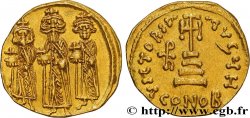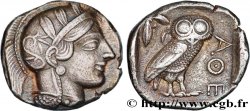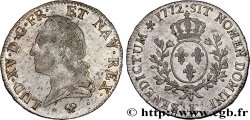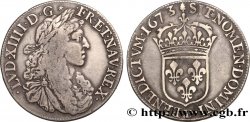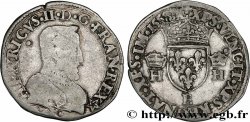bga_336536 - HISPANIA - VLIA (Province of Cordoue) Unité de bronze ou as, (GB, Æ 31)
280.00 €
Menge
In den Warenkorb

Type : Unité de bronze ou as, (GB, Æ 31)
Datum: IIe siècle avant J.-C.
Name der Münzstätte / Stadt : Ulia
Metall : Bronze
Durchmesser : 31,5 mm
Stempelstellung : 9 h.
Gewicht : 23,18 g.
Seltenheitsgrad : R1
Kommentare zum Erhaltungszustand:
Bronze de qualité sur un flan large et épais, avec un avers très légèrement décentré mais complet. Revers un peu mou. Patine sombre et brillante
N° im Nachschlagewerk :
Vorderseite
Titulatur der Vorderseite ANÉPIGRAPHE.
Beschreibung Vorderseite Tête féminine diadémée à droite, avec un petit chignon ; devant, un épi de blé ; au-dessous, un croissant.
Rückseite
Titulatur der Rückseite VLIA.
Beschreibung Rückseite dans un cartouche végétal entouré de branches de vigne (?).
Kommentare
L. Villaronga date ce type de la première moitié du IIe siècle avant J.-C. Le monnayage se limite à des unités de bronze dont le poids moyen est supérieur à 20,00 g. Le lien stylistique au niveau du droit avec Obulco est avéré et confirmé par Villaronga.
Cet exemplaire a un avers intéressant avec un beau petit gènetis ; la taille du coin de droit est très inférieure à celle du flan.
L. Villaronga dates this type to the first half of the 2nd century BC. Coinage is limited to bronze units whose average weight is greater than 20.00 g. The stylistic link at the legal level with Obulco is proven and confirmed by Villaronga. This example has an interesting obverse with a beautiful little genetis; the size of the obverse die is much smaller than that of the blank
Cet exemplaire a un avers intéressant avec un beau petit gènetis ; la taille du coin de droit est très inférieure à celle du flan.
L. Villaronga dates this type to the first half of the 2nd century BC. Coinage is limited to bronze units whose average weight is greater than 20.00 g. The stylistic link at the legal level with Obulco is proven and confirmed by Villaronga. This example has an interesting obverse with a beautiful little genetis; the size of the obverse die is much smaller than that of the blank







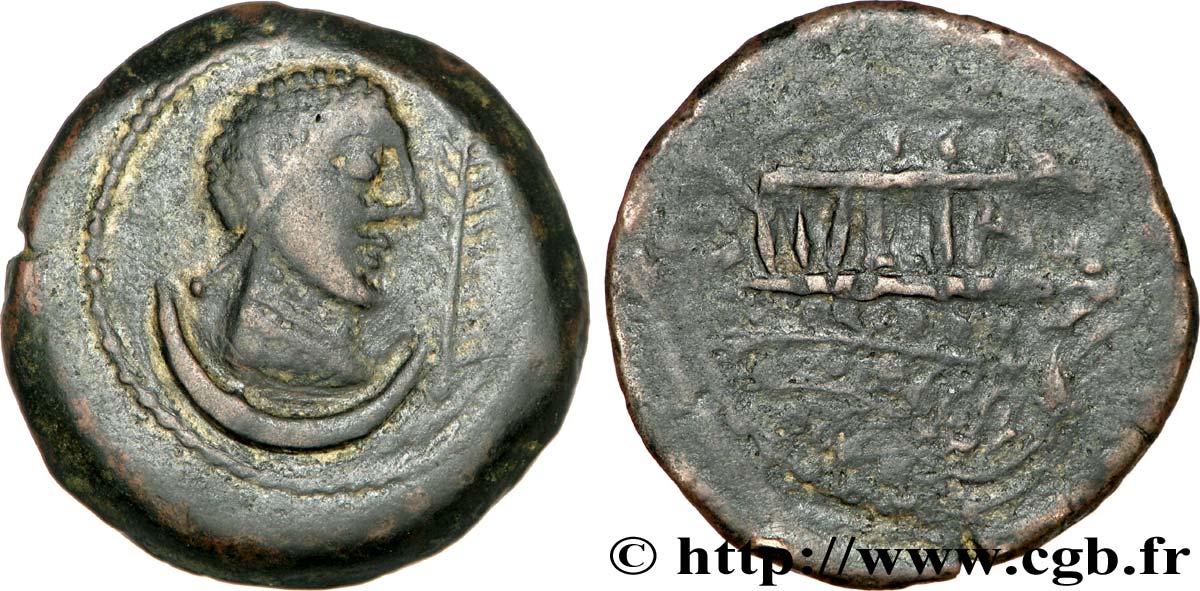
 Berichten über einen Fehler
Berichten über einen Fehler Die Seite drucken
Die Seite drucken Teilen meiner Auswahl
Teilen meiner Auswahl Stellen Sie eine Frage
Stellen Sie eine Frage Einlieferung/Verkauf
Einlieferung/Verkauf